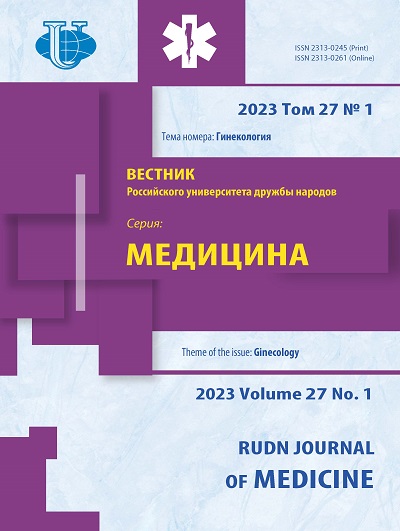Abstract
Relevance. According to statistical observations, the pathology of the temporomandibular joints (TMJ) is often found in dental practice, and is accompanied not only by a pronounced pain syndrome, but also by the occurrence of internal disorders in the structure of the joints themselves. The article discusses the causes of diseases of the temporomandibular joints, gives a physiological justification for the principles of treatment of this pathological condition, indicating further principles of rehabilitation. The aim of the study is to develop principles for the treatment and rehabilitation of patients with TMJ. Materials and Methods. The condition of patients was determined on the basis of a comprehensive examination, including functional diagnostic tests, collection of anamnestic data, study of models of biomechanical occlusions, axonography, psycho-emotional state of patients using the SCL-90-R scale, quality of life. Results and Discussion. The pathology of the temporomandibular joint is considered as a disorder of its functioning, both in the absence of morphological changes and in their presence. In the absence of changes, the psychosomatic factor plays a decisive role against the background of stressful conditions (20-27 %). In the presence of pathological changes in the elements of the joint, the violation of occlusion comes first, which leads to a decrease in the elasticity of the articular surfaces, due to a change in the state of the synovial fluid. Conclusion. To prescribe therapeutic measures for the pathology of the temporomandibular joint, a specific triad of clinical manifestations is necessary: severe pain syndrome, limitation of movements of the lower jaw, internal disorders of the joint (detected using MRI). Rehabilitation of patients with TMJ diseases, according to our research, should be carried out in a complex of gnathological, conservative and surgical treatment. As a surgical treatment, we recommend: prosthetic synovial fluid, arthrocentesis, arthrolavage and prosthetics of the head and articular cavity of the condylar process.
















